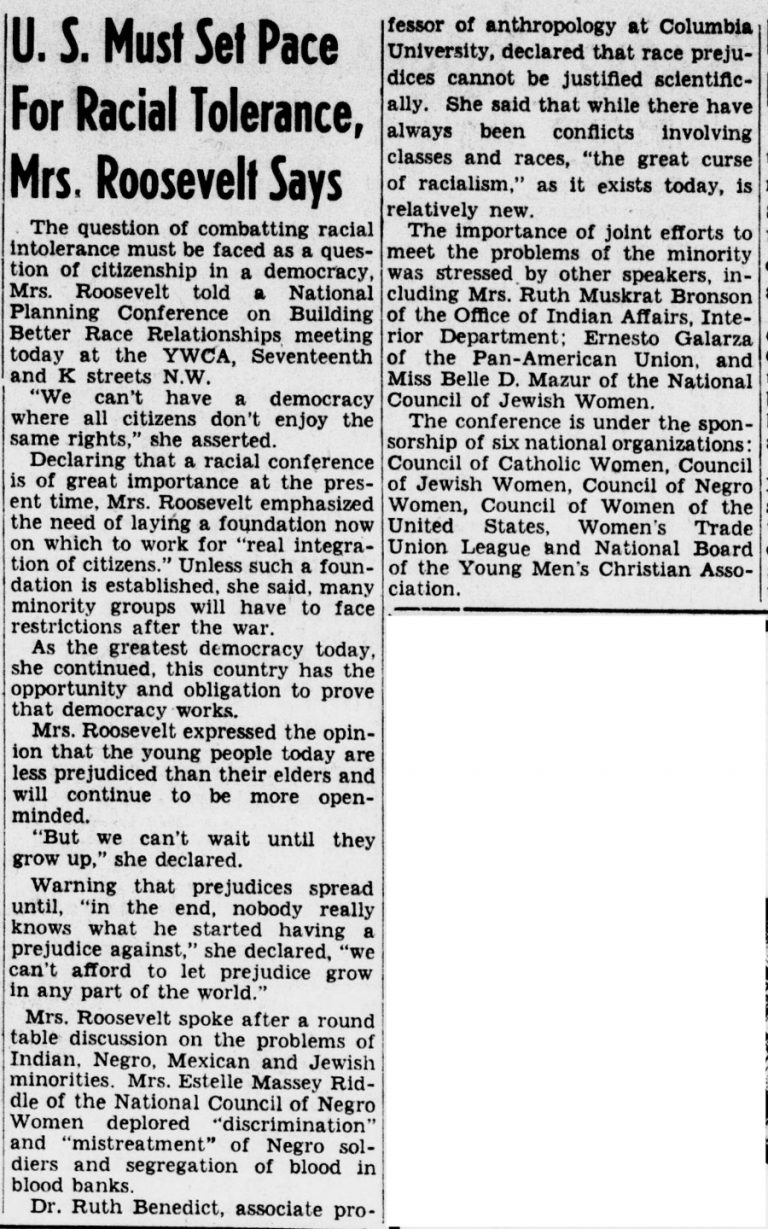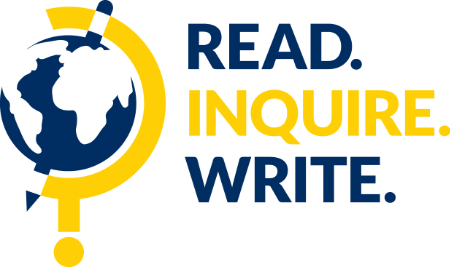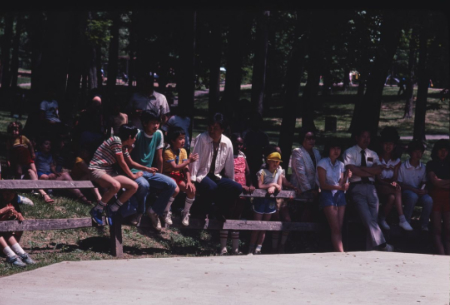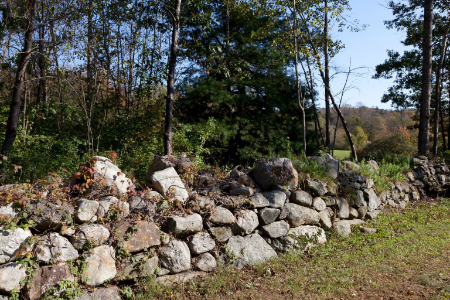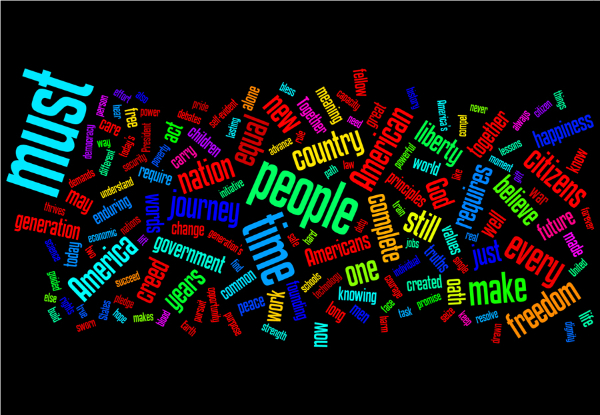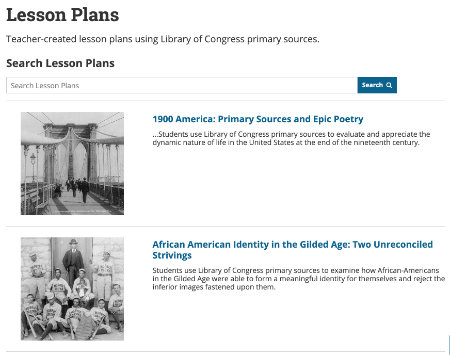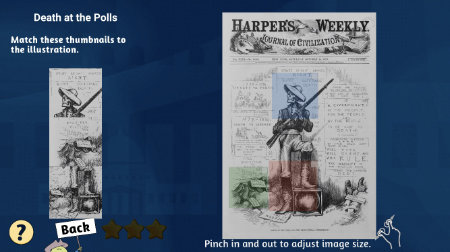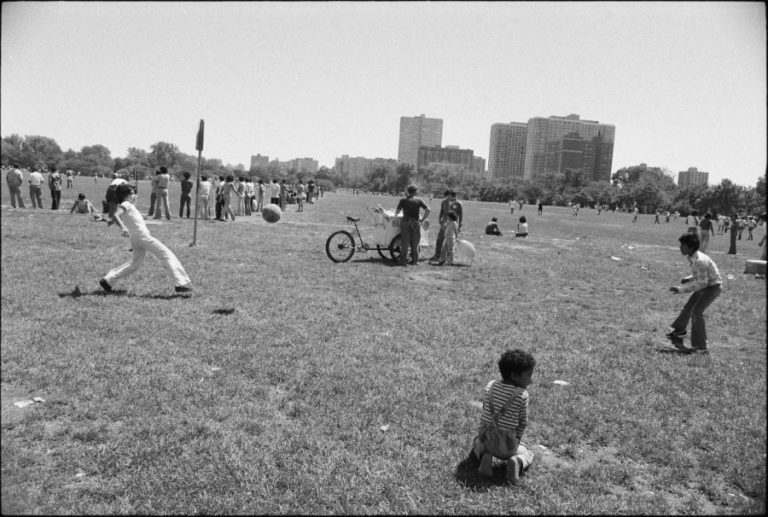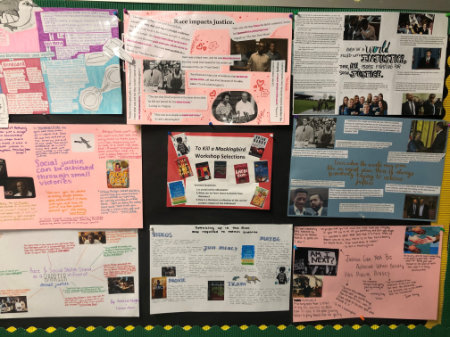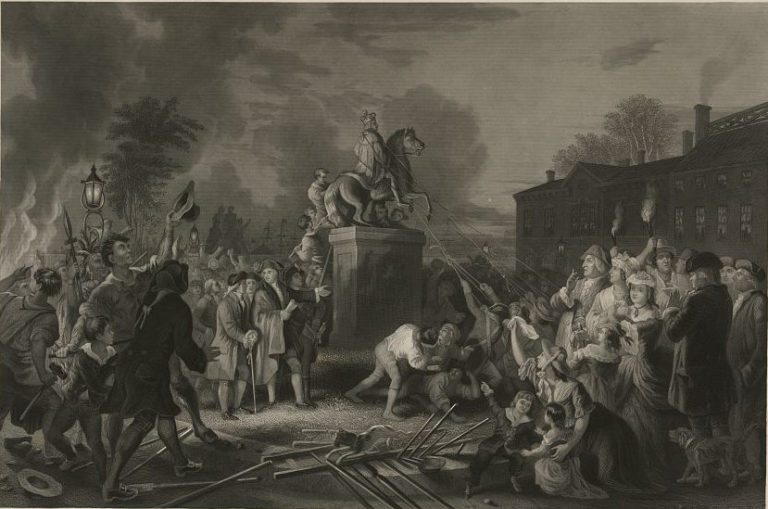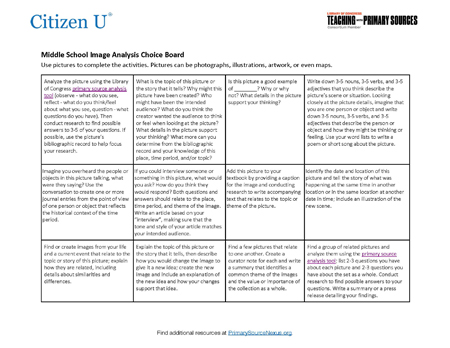Guided Primary Source Analysis: U.S. Must Set Pace for Racial Tolerance
Read the article, then answer the questions below. If you need help, click the links in the Related resources section below. What was happening in the world at the time this article was published? Who was Mrs. Roosevelt and why was what she had to say important? Who else attended the conference and what groups…

